5 Tips for a Motorhome Staycation
This is a blog post about using a motorhome for a staycation holiday here in the UK. It’s intended for those new to the world of motorhomes and campervans, who are considering using a van for a socially-distant method of taking a holiday as the lock down restrictions ease in England and Scotland.
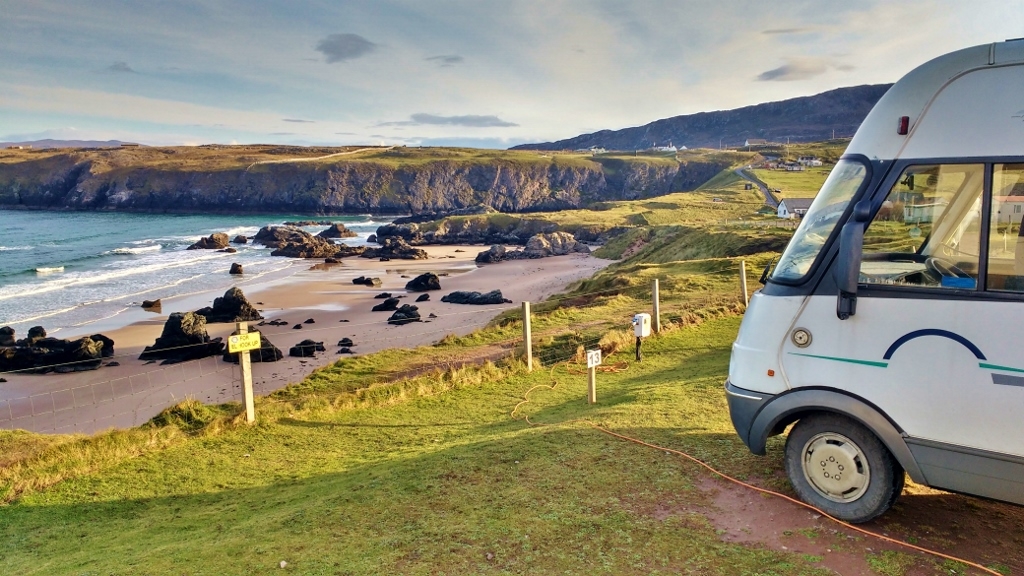
Why choose a Motorhome for a Staycation?
Although the lockdown is gradually easing, the coronavirus remains in circulation and until there is a vaccine it will likely have some impact on our lives. The most obvious impact is the need for us to avoid face-to-face and indirect (touching surfaces) contact with people outside our household or allowed bubble. Motorhomes are self-contained units which naturally allow this kind of separation.
Modern motorhomes have a full range of on-board facilities. Our twenty-year old Hymer has a shower, three sinks, toilet, three gas hobs, a fridge, freezer, hot and cold water, air heating, a double bed, satellite and internet TV and WiFi. On board gas bottles are used for heating air and water as well as keeping the fridge cool, and a leisure battery will power most items in the motorhome. Our van has two leisure batteries as well as solar panels to charge them, enabling us to power ALL of this for days at a time, without even having to connect a cable to the mains electricity. Have a look around inside our van:
Most motorhomes will have a fresh water tank (ours is 100 litres) and a similar-sized used water tank, to store ‘grey’ water from washing up and showering. Finally the loo is a ‘cassette’, which means ‘black water’ (what would otherwise be flushed away in a house) can be stored for a few days. All of this means the occasional visit to a ‘service point’, typically an area you drive onto where we can empty the cassette and grey water tank, and refill with fresh water. Having such facilities means there is no need to use a campsite’s shower/toilet block, some of which will remain closed even when the campsite re-opens. You’ll still need to touch taps and maybe a hose or metal surface here or there, but using gloves, anti-bacterial wipes or washing your hands straight afterwards should be possible.
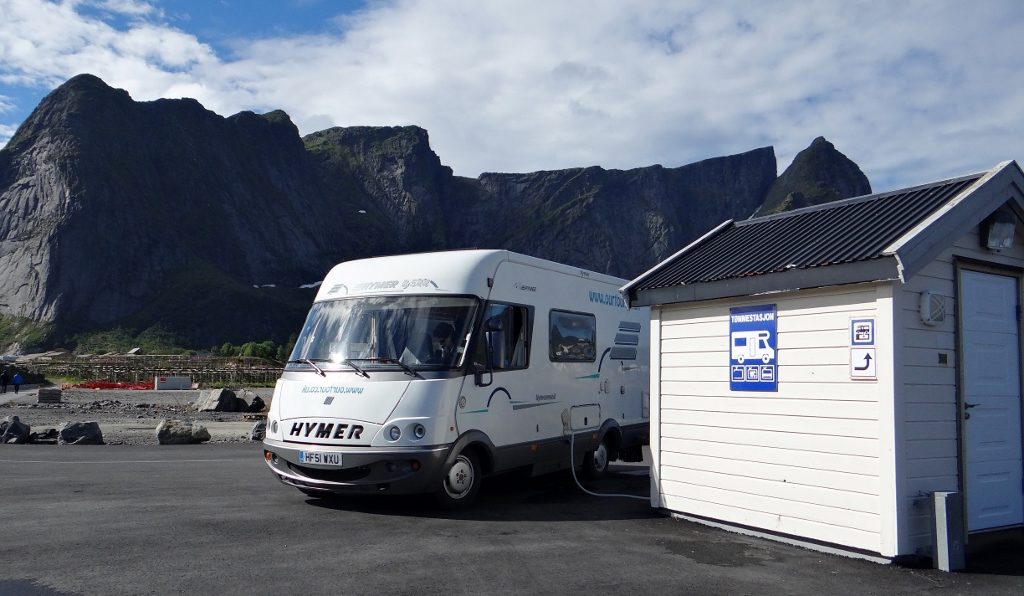
Very briefly, this is how service points work:
- They have a tap for taking fresh drinking water (some also have a hose attached, others require you to use your own or a water carrier).
- A second tap is usually provided for rinsing your cassette toilet out. It’s poor hygiene to mix the two up – look for signs or check whether the tap has a screw thread, usually reserved for drinking water.
- The cassette toilet has to be emptied into a suitable ‘elsan point’. This might be a simple covered hole in the ground over a septic tank, or a more enclosed receptacle. Flush the area with water after use and remember to keep the cap from your cassette well away from where it can fall into a hole!
- Ideally there’s a large drive-over drain with sloping sides, so you can easily position the van to drop grey water. Sometimes you’ll have to bucket the grey water into a drain, ask the site owner, don’t spill it onto grass as it often smells of rotten eggs!
Tip 1: If You’re Not Sure Rent, Don’t Buy A Motorhome For Your Staycation
This is our BIG FAT NUMBER 1 tip, as it might save you literally thousands of pounds.
Anyone who’s spent any time reading this blog will know we’re keen to make the most efficient use of our money around here! We don’t like blowing cash on stuff we don’t need to, and we’ll assume you’re of the same mindset. We’ve had a fantastic life in our motorhomes, travelling across the UK, Continental Europe and North Africa for months and even years at a time. There’s no chance we’d have been able to afford that if we were renting vans, so why are we proposing that you do the exact opposite to us? Here’s why:
Motorhomes are expensive luxuries folks. The only way to make efficient use of any money invested in them is to live in one for months at a time, which is what we’ve chosen to do. If you don’t do that, then the cost of ownership is so high you might easily be better off renting a van, despite what might appear to be high rental costs. If you buy a motorhome, you’re accepting all of these costs, some hidden but all real:
- Depreciation. If you buy brand new and sell a year later, you might lose 20% of the vehicle value, so on a £60,000 van, that’s £12,000 up in smoke. Older vans depreciate more slowly, maybe just a few % a year, but the cost is till there.
- Finance. We’d personally only ever buy a van for cash. Otherwise, you’re having to cough up for a loan, which can easily add £££THOUSANDS to the cost of your van.
- Insurance and Breakdown Cover. Expect to pay a few hundred quid a year for these.
- Maintenance. Stuff wears out on vans. Tyres, batteries, brakes, filters, suspension. It all needs replacing from time to time.
- Repairs. Stuff breaks too, especially in and around the habitation area. We’ve smashed mirrors, bust locks, cracked a sink, cracked the front bumper, reversed into stuff and so on, and so on!
- And finally there’s the ‘lost opportunity‘ cost of not having your money invested elsewhere. Even with your cash in something safe like Premium Bonds you’ll likely see a 1% return, so a £40,000 ‘investment’ in a van is costing you £400 a year in lost bond wins, or if you’re into long-term index tracker share fund investing (like you might opt for inside an ISA or a SIPP), closer to 7%, or £2,800 a year.
It’s also notoriously difficult to get the exact right vehicle first time around. Buying a van from a dealer and selling it back to them some months later will lose you EVEN MORE money than depreciation alone, as they need to make a profit on each sale. On other hand, discovering a poor bed layout, awkward driving position or too-small shower room on a two-week rental van will only be an inconvenience, not a costly error.
I’ll fess up: we’ve never rented a van, and as a result in the past it has cost us those thousands of pounds I’ve mentioned above. From those I’ve spoken to who have rented a van, they’ve generally loved it but suggested checking exactly what the price includes. Some charge extra for additional drivers, bedding, towels, a satnav, outside table and chairs and so on. I’ve just checked the mcrent.eu site and it’s quoting £1500 for a 13 day hire from 20 July to 1 August 2020 for a 2 berth motorhome from Nottingham. An additional driver, bedding and towels adds £362 to the cost (I’d stick to one driver, and take my own bedding and towels!). Camptoo, which lets you rent direct from van owners, has just quoted £1583 for a similar vehicle and the same dates. I’d also want to be certain about how I could change or cancel the booking if the situation didn’t allow my break to go ahead.
Tip 2: Get the Right Vehicle
I’m using the word ‘motorhome’ in this article to mean a vehicle which has all these on-board facilities. Smaller ‘campervans’ might not have them all, in particular some lack a shower and/or a toilet. Some campervans have a toilet, but it’s a portapotty which isn’t in it a private space in the van. You could still use a campervan, of course, but you might want to consider getting a toilet tent and maybe a camping shower if heading to a site with a closed facility block.
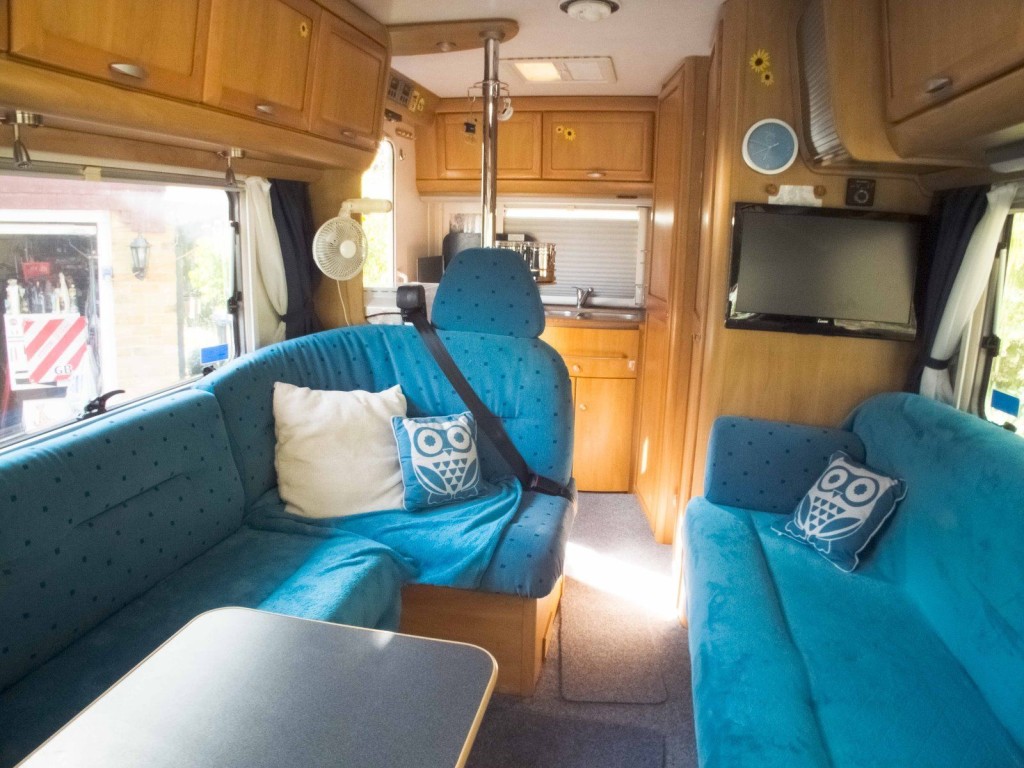
We dedicated a good portion of our motorhome touring handbook to choosing a vehicle, so we’re not going to replicate all that info in this short blog post, but these are the key things we’d suggest you look at:
- Your license. Motorhomes have a legal weight limit, and your driving license will determine which of them you can drive.
- The van’s payload. If you put too much stuff in your van (which is often very easy to do), then you’ll go over the legal weight limit, and may also render your home-on-wheels unsafe.
- Belted seats. Make sure the van has enough of ’em, and that they’re suitable for your party (older vans with lap belts might not be appropriate for a child or child seat).
- Beds. Sleep is important! Obviously you’ll need enough beds, but also think about the evening. Unless all your party goes to bed at the same time, or you can sit outside comfortably, then you might want a layout which allows for some of you to be sat up inside while others sleep.
- Shower and loo. As mentioned above, some vans have a built-in shower and toilet room. These don’t tend to be very large, or have fast-flowing shower heads, but are ideal for avoiding a campsite shower block.
- Overall size. Our van is 6m long and 2.2m wide. It’s not big by motorhome standards, many are over 7m long, but still it’s not relaxing to drive anywhere narrow. And by that I mean everywhere, except on A roads, dual carriageways and motorways. If you plan to drive straight to a campsite and stay a week or two, then as long as the roads and the site itself aren’t tight, a larger van probably won’t be an issue for a confident driver.
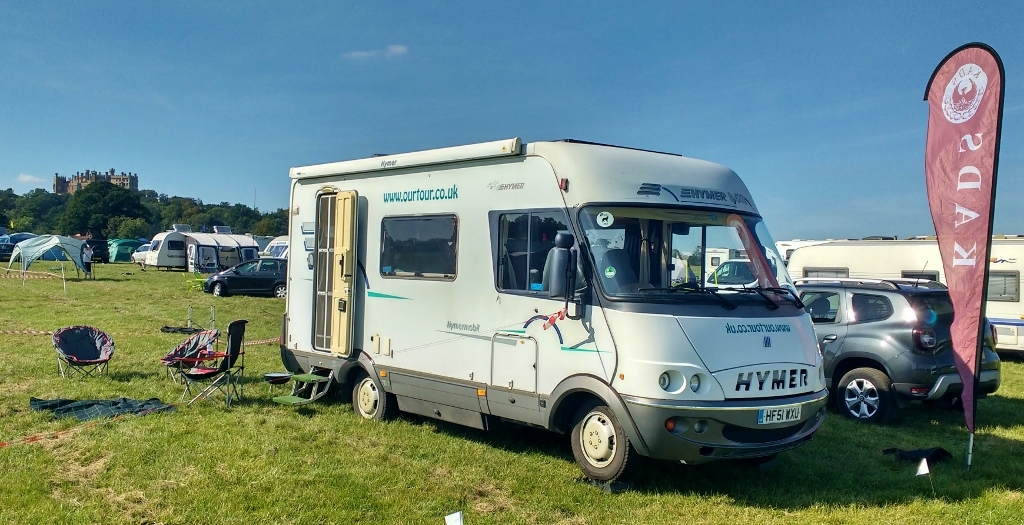
Tip 3: Choosing Where to Go
As I write this it’s looking like English campsites will be allowed to re-open from 4th July 2020, with Scotland following on 15 July (Wales and Northern Ireland haven’t given dates yet). Although this hasn’t been officially confirmed as far as I know, the Caravan and Motorhome Club have announced some of their sites will re-open from this date (map below). I’m pretty sure as soon as the open you’ll know as the roads will fill with caravans and motorhomes off for their staycations.
The second of the two big UK clubs, the Camping and Caravaning Club, have also announced they’re expecting to open the majority of their sites in England on 4th July, some with open facility blocks (although reception buildings, laundry rooms etc will remain closed). The full list of sites is here.
It seems very likely there’ll be an increased demand for campsites as they re-open, particularly as we’ll be into high season soon and some are limiting the number of pitches available to enable social distancing. We’ve already heard of some sites being fully-booked from the two main clubs, so booking sooner rather than later might make sense (or choosing less popular sites on purpose). Also, you’ll need to pay for membership of the relevant club(s) to access their sites, so you may want to consider some of the many thousands of sites which aren’t run by these clubs. Have a browse around ukcampsite.co.uk or searchforsites.co.uk, or look at the many books on camping available across the UK.

If you’re not in need of all the facilities of a campsite (especially while the shower blocks are closed or only partially-available), then have a think about using the Britstops scheme instead. This allows you to stay overnight for free at over 1000 locations (mostly pub car parks) in a self-contained motorhome, although the hosts appreciate you buying a drink or meal (as we will too when the pubs finally re-open). To use the scheme you just have to buy the current year’s book. At the moment it’s not clear when the scheme will formally re-start, keep an eye on their website.

Tip 4: Think Like a Pilot
Whenever an airline pilot gets into the cockpit, they run through a checklist before heading for the runway. We do the same, albeit on a much smaller scale, whenever we set off anywhere in our van, and this has saved us numerous times from making expensive mistakes. Our list looks like this (we have it printed on a small laminated card, with the van’s height, width and length and tyre pressures on the other side).
- Fridge – have we switched it from 230V or gas to 12V for driving and is the door locked?
- Power – if we used the mains cable, is it disconnected and stowed?
- Gas – have we turned the bottles off for driving?
- Table – is it locked in position so doesn’t move when driving?
- Step – is the habitation door step in the stowed position?
- Doors – are all the doors, cupboards and drawers secured?
- Skylights – are all skylights and windows closed and secured?
- Ramps – if we used leveling ramps, have we moved off them and packed them away?
We do ‘informal’ checks too to make sure nothing is left on a surface or shelf where it can fall off, and outside the van we walk around and physically check any covers, caps or ties to make sure they’re in place and, where appropriate, locked.
Tip 5: Use Your Passenger
Probably the most stressful part of many motorhome journeys is the last five minutes! Arriving on site and having to reverse your van into an awkward spot onto leveling ramps, while being watched by the silent, judging eyes of your fellow campers can be enough to test the strongest of relationships!
Our top tip here is simple: work as a team. Once you know you’ll have an awkward maneuver to make, one of you should leap out and help. A pre-agreed set of big, obvious hand signals which can be easily seen in the mirrors works better than shouting, pointing and slapping the van as most vans are diesels and are too noisy for the driver to hear much. Ideally test these signal out in a big car park with loads of space and time, to suss what works for you and build confidence in one-another.
Enjoy!
OK, that’s it for this post, but if you’ve any questions just ask below in the comments. After all the stress and negativity of the past few months we’re sure a motorhome staycation will bring a great deal of well-deserved joy and relaxation to many of you. We really hope that you really enjoy yourselves and who knows, you may decide you love the van life so much you go full-time for a while and head for Europe too, when that finally opens up!
Cheers, Jay and Ju
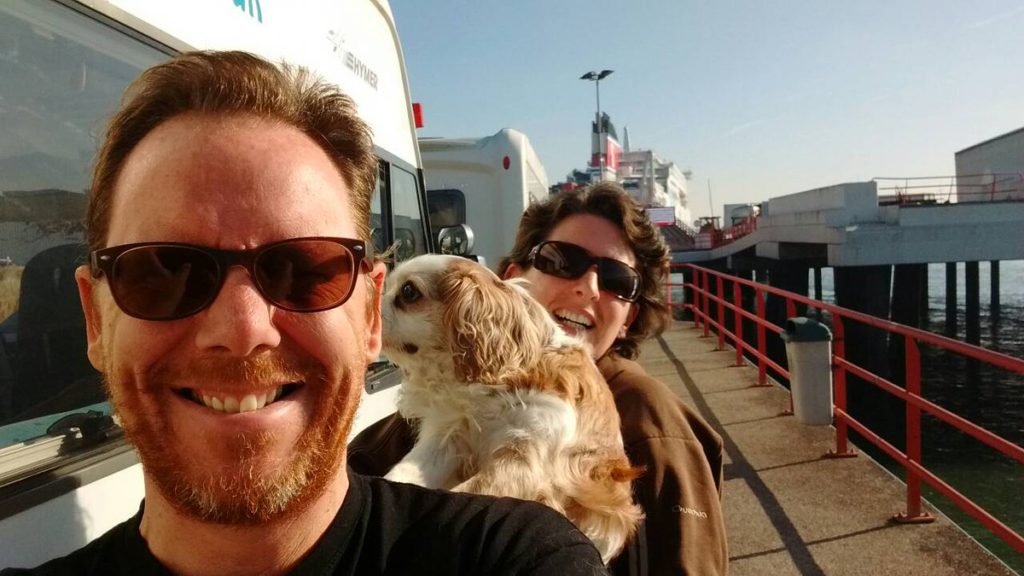

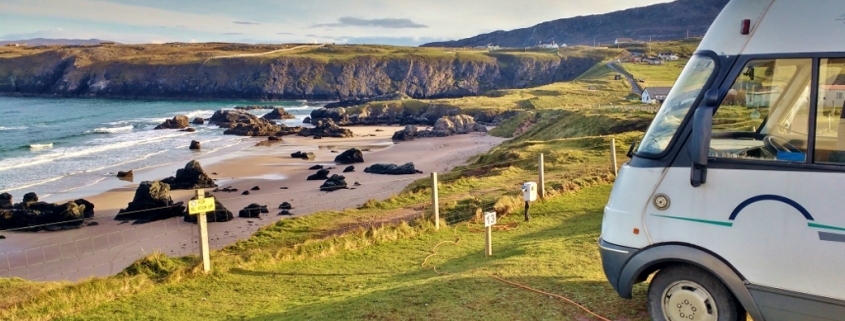
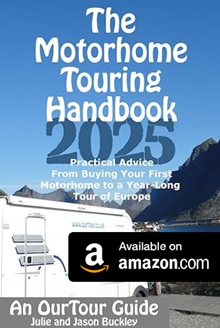

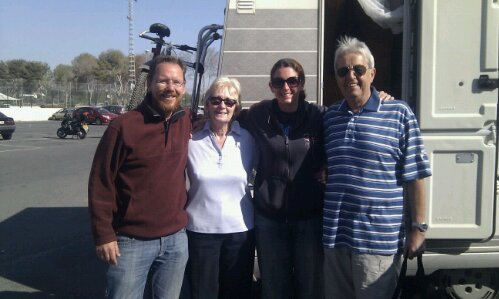
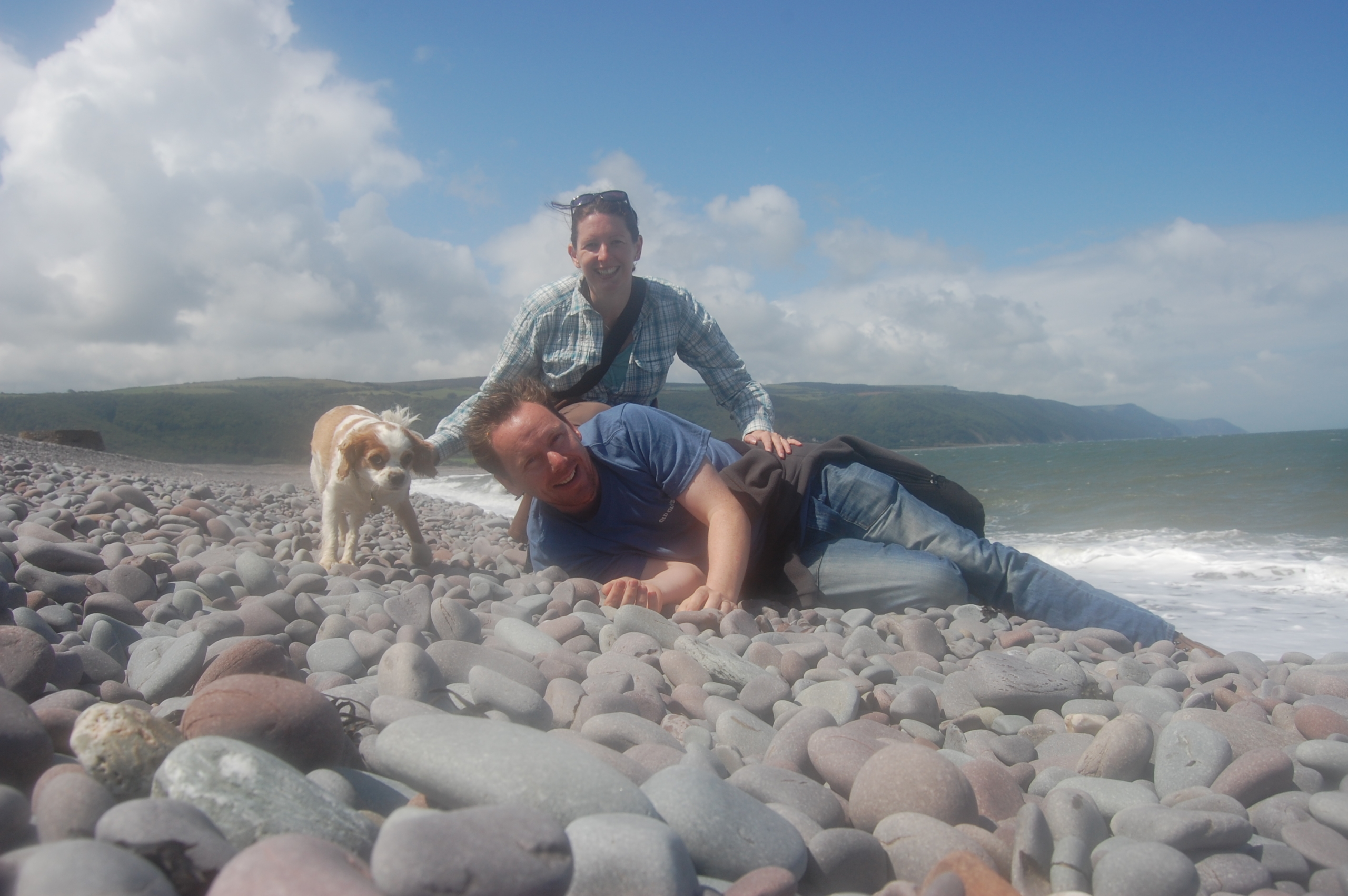
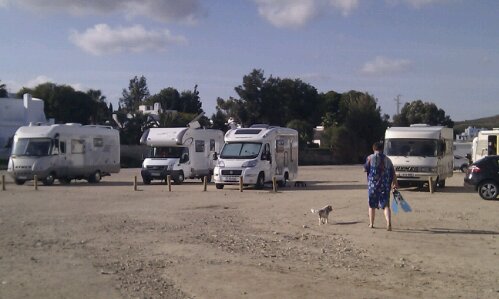
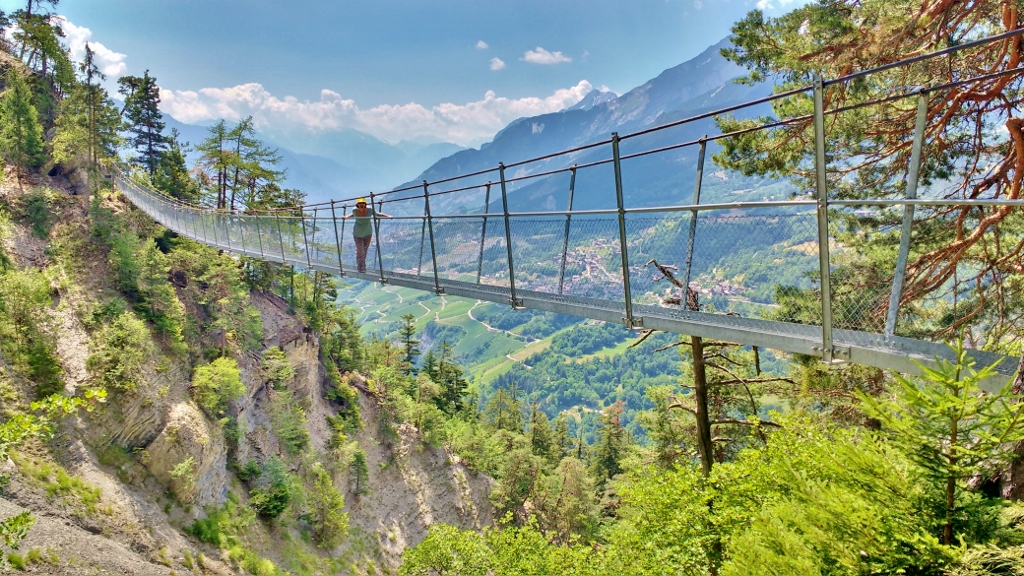



Looking to buy a Motorhome again with Debbie. It will be great to get out there again. Looking at 6m campervans.
See you out there x
Fantastic news Mike. Late birthday present? See you on the road x
As always a great summary and set of guidelines for the new user. Can I apologise in advance for my pedantry and say I’d add lock fridge to the list where you state switch to 12v for travelling having had to clean up my fair share of yoghurt spills.
Haha! Oh yes, we’ve had a few of them too – I’ll add it to the list. Cheers fella, Jay
Thank you for that information and i am looking forward to getting back on the road hope you and Julie have a good year Alex N
Hi, excellent blog and checklist. It will help first timers to avoid wasting money on the wrong van! Hopefully, those first timers will get ‘the bugs for freedom like we did! I shared it on our Twitter feed.
Cracking, thanks Richard. Cheers, Jay
Wow thanks for honest description and tips. Have downloaded your epub book for my kobo. Am in the category you mention, planning.
Great tips here, Jay and Ju!
We especially liked the advice on renting a van before you buy, something all new-comers should consider.
And we loved the videos of the inside and outside of your Hymer. Loads of storage space!
It’s amazing how van design improved so much from the 90s through to the new millennium. We drive an old 92 VW Cree. It’s 20 ft long but has nowhere near the storage space of yours.
Anyway, keep up the great work and we look forward to your next post. Freedom awaits once again!